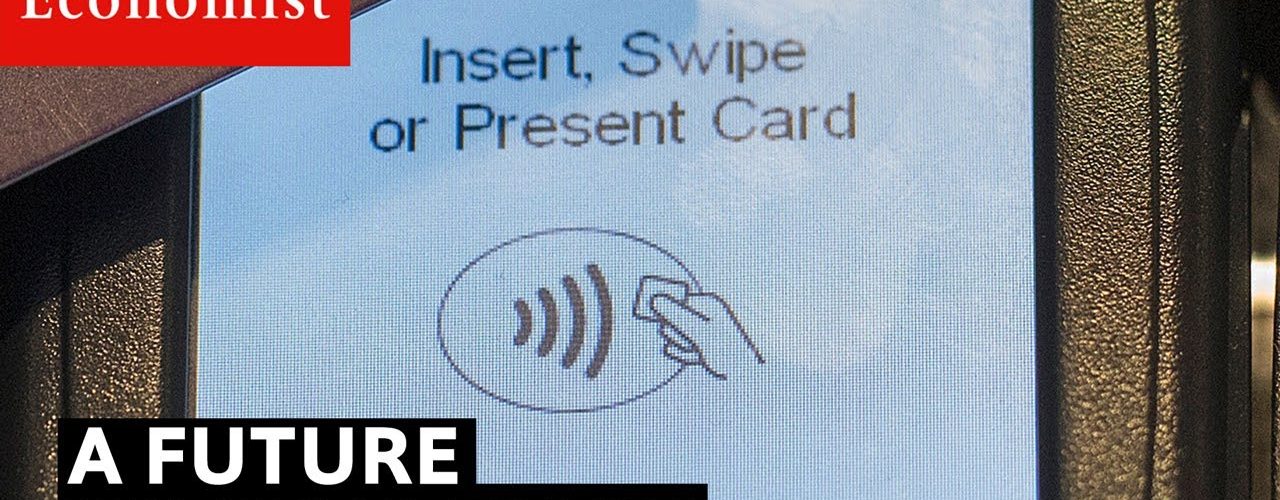Somewhere in the near future physical money will become like these – Relics of a different age. And will only be found in places like this. In other words hard cash will disappear. It will become electronic – transferred by things like these.
The Economist , Aug 23, 2019
Many countries are going cashless at great speed. What are the advantages of ditching hard cash and what are the dangers?
Read more about a cashless future here: https://econ.st/2Mwhipb
Click here to subscribe to The Economist on YouTube: https://econ.st/2xvTKdy
Somewhere in the near future physical money will become like these – Relics of a different age. And will only be found in places like this. In other words hard cash will disappear. It will become electronic – transferred by things like these.
So what’s the rush to get rid of cash? And what’s the cost?
Let’s face it money is cumbersome for consumers and banks. Operating in cash costs countries about 0.5% of their GDP every year. But cost isn’t the only incentive to move towards a cashless future. Digital payments aren’t just easy – they are neat. Having every single payment automatically recorded is efficient. But there’s a downside.
Electronic-money trails can allow governments and private companies to access and harvest personal data. But there’s another threat that is worrying banks – cyber-attacks.
Still many countries are fast moving towards a cashless society. In Sweden the number of retail cash transactions per person has fallen by 80% in the past ten years. The trend is even evident in far more cash-loyal societies. China’s digital payments rose from 4% of all payments in 2012 to 34% in 2017. The trend is inevitable but a gradual transition is key.
Some people may find it harder to grasp how much money they have without the physical representation of it. Not everyone knows how to use internet-banking technology. And people living in remote areas where internet cover is patchy may find they have to drive for miles for their basic needs. And there is another sector of society that relies heavily on cash.
Going cashless is just the latest evolution of money in the modern economy. But it raises a fundamental question – what is the value of money if it doesn’t physically exist?
The move towards cashless societies is well under way. But governments need to ensure that, as cash is phased out, the vulnerable in society aren’t left behind. They need to navigate carefully the many pitfalls that a digital economy will bring.
PLEASE ALSO READ
Rich countries must start planning for a cashless future
Going digital will bring vast rewards but societies are ill-equipped to deal with the side-effects
Aug 1st 2019 , The Economist
For the past 3,000 years, when people thought of money they thought of cash. From buying food to settling bar tabs, day-to-day dealings involved creased paper or clinking bits of metal. Over the past decade, however, digital payments have taken off—tapping your plastic on a terminal or swiping a smartphone has become normal. Now this revolution is about to turn cash into an endangered species in some rich economies. That will make the economy more efficient—but it also poses new problems that could hold the transition hostage.
Countries are eliminating cash at varying speeds (see Graphic detail). But the direction of travel is clear, and in some cases the journey is nearly complete. In Sweden the number of retail cash transactions per person has fallen by 80% in the past ten years. Cash accounts for just 6% of purchases by value in Norway. Britain is probably four or six years behind the Nordic countries. America is perhaps a decade behind. Outside the rich world, cash is still king. But even there its dominance is being eroded. In China digital payments rose from 4% of all payments in 2012 to 34% in 2017.










